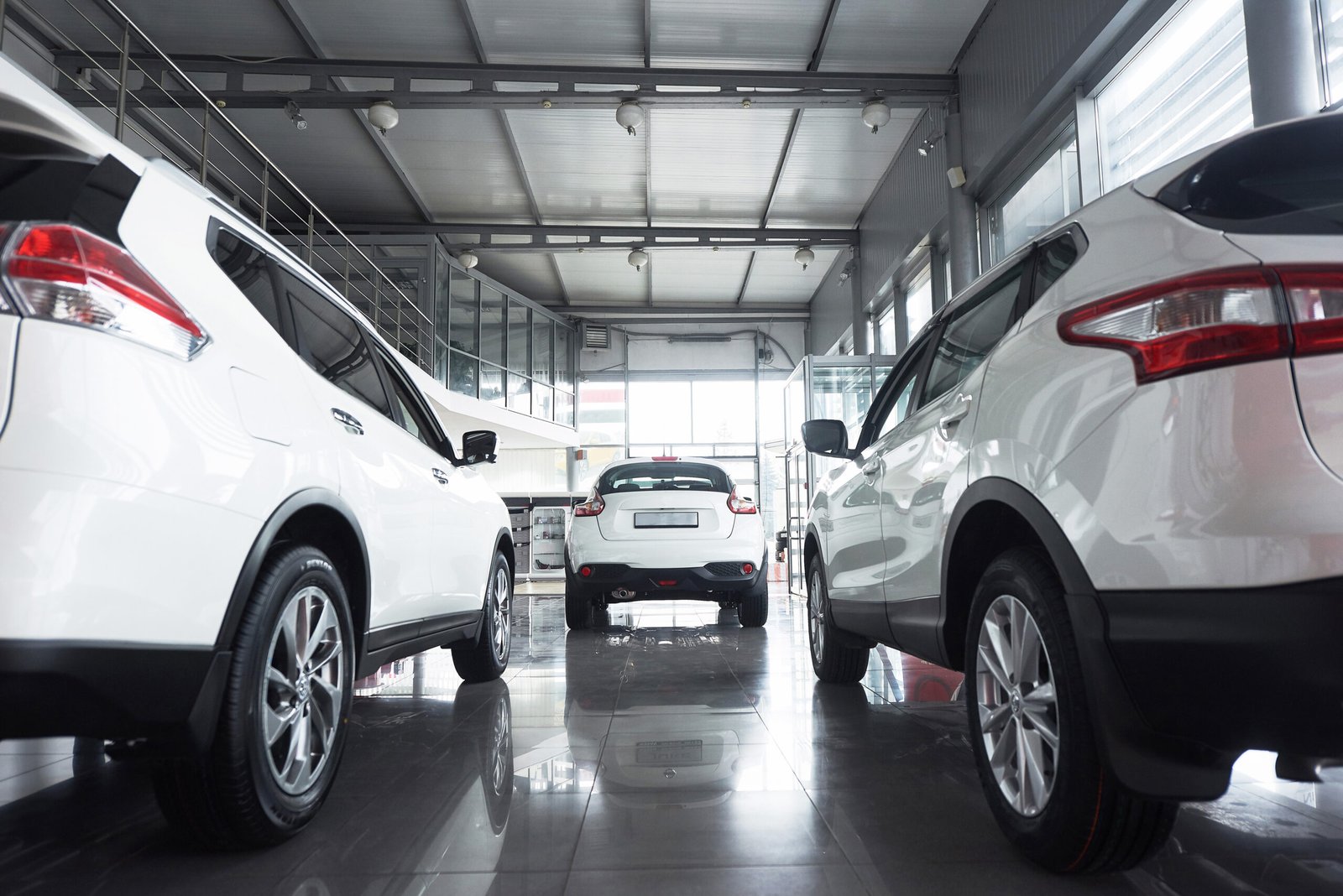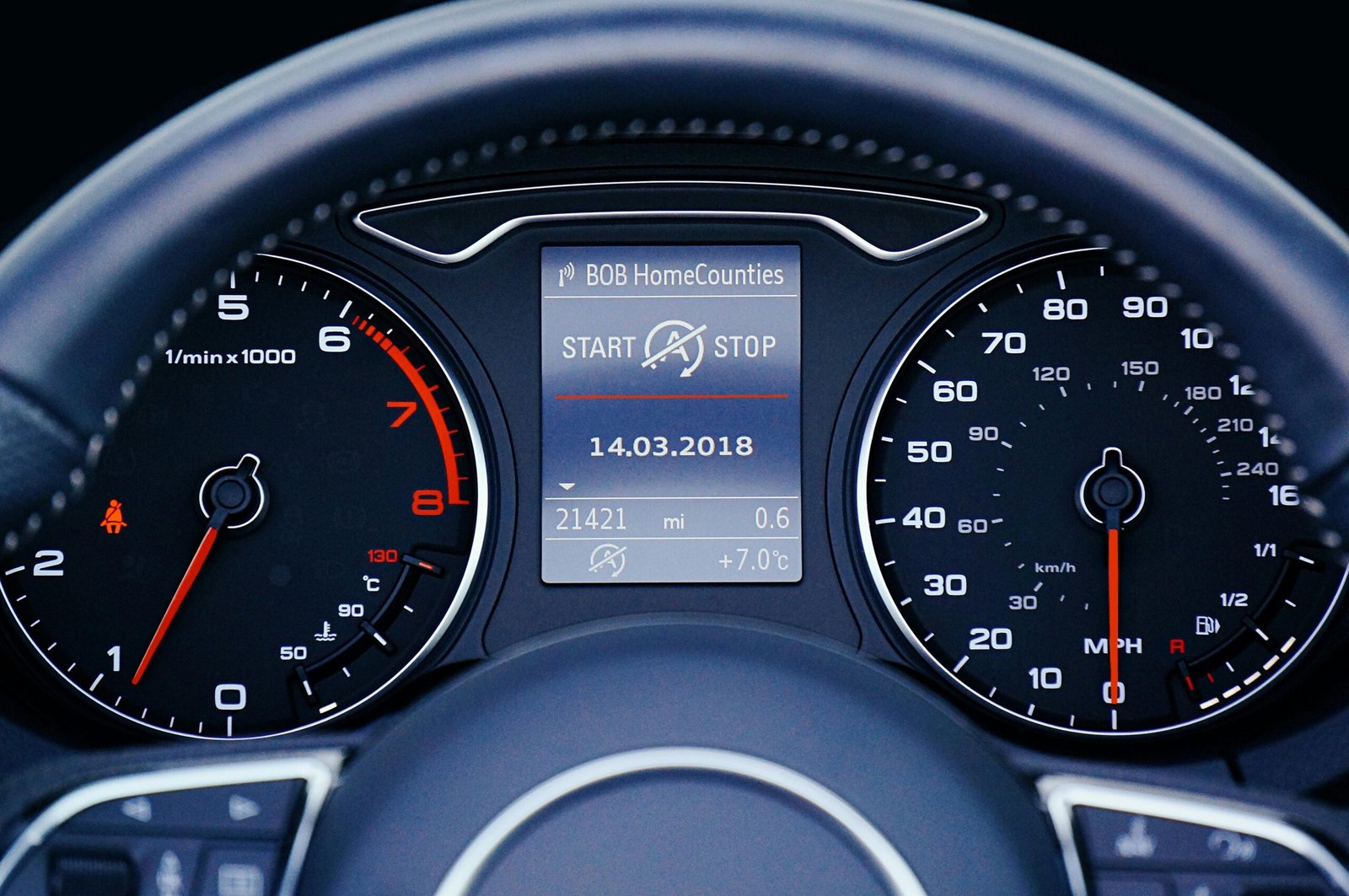1. Introduction
The automotive industry, a cornerstone of global economic activity, is characterized by its dynamic nature and susceptibility to various influencing factors. This blog aims to dissect the car sales landscape, providing a dual perspective on the models that lead the sales charts and those that lag. By examining sales trends, we can discern patterns and shifts in consumer preferences, technological advancements, and broader economic impacts. This analysis not only sheds light on current market realities but also offers a glimpse into future trends.
2. The Leaders of the Pack: Top-Selling Cars
2.1. Global Sales Leaders
Globally, certain car models have risen to the top, not just as bestsellers but as symbols of reliability, efficiency, and consumer trust. Brands like Toyota, with their Corolla, and Volkswagen, with the Golf, have led the pack for years. The reasons behind their success are multifaceted, including factors like fuel efficiency, affordability, and technological integration. We will delve into the specific models that have dominated global markets, their sales figures, and the secrets behind their enduring popularity.
2.2. Segment Wise Bestsellers
The car market is segmented into various categories, each with a distinct consumer base. In the SUV sector, models like the Toyota RAV4 have seen remarkable sales, while in the sedan category, the Honda Civic continues to be a favorite. The luxury car segment tells a different story, with brands like Mercedes-Benz and BMW leading. This section will provide a comprehensive breakdown of the bestsellers in each segment, analyzing the reasons behind their success.
3. The Laggards: Cars with Lowest Demand
3.1. Global Perspective
Not all cars achieve the desired market success. Some models, despite their features or brand lineage, fail to capture consumer interest. This section will explore those models that have not fared well in the global market, discussing the various factors that might have contributed to their low sales figures.
3.2. Factors Influencing Low Demand
Cars with low demand often suffer from issues such as high price points, lack of innovation, poor marketing strategies, or even aesthetic appeal. This section will dissect these factors, offering an in-depth analysis of why certain models fail to attract buyers, using specific cars as case studies to illustrate these points.
4. Market Dynamics: Understanding the Trends
4.1. Economic Factors
The car industry is not immune to the ebbs and flows of the global economy. Factors like inflation rates, economic downturns, and changing consumer spending power significantly impact car sales. This section will explore these economic elements, providing an understanding of how they influence both high-performing and underperforming car models.
4.2. Consumer Preferences
Consumer preferences are a constantly evolving element in the car sales equation. Trends such as the growing concern for environmental sustainability have boosted the sales of electric and hybrid vehicles. This part of the blog will delve into how consumer preferences shape the car market, affecting which models top the sales charts and which do not.
4.3. Technological Advancements
Technological advancements are reshaping the automotive industry. Innovations in electric powertrains, autonomous driving features, and digital integrations are increasingly influencing consumer decisions. This section will discuss how these technological trends are impacting car sales, driving the success of some models while relegating others to the background.
5. The Future of Car Sales
5.1. Emerging Trends
The car industry is on the cusp of a revolution, with trends like autonomous driving, electric vehicles, and new consumer behaviors emerging. This section will explore these trends, discussing how they are likely to shape the future of car sales and the automotive industry at large.
5.2. Predictions and Forecasts
Based on current data and emerging trends, this section will offer educated predictions and forecasts about the future of car sales. This will include potential market leaders, underperformers, and how the industry might evolve in response to various global factors.
FAQs
Q1: What are currently the best-selling car models globally?
A1: As of the latest data, models like the Toyota Corolla, Ford F-Series, and Volkswagen Golf have been leading global sales. Factors like their reliability, affordability, and brand reputation contribute to their popularity.
Q2: Why do some car models experience low demand?
A2: Low demand for certain car models can be attributed to factors such as high pricing, lack of innovative features, poor marketing, or simply falling out of favor due to changing consumer preferences.
Q3: How do economic conditions affect car sales?
A3: Economic factors like recession, inflation, and consumer spending power significantly impact car sales. During economic downturns, consumers may opt for more affordable or used cars, while booming economies can boost sales of new and luxury vehicles.
Q4: Are electric vehicles becoming more popular in car sales?
A4: Yes, there has been a significant increase in the demand for electric vehicles (EVs), driven by environmental concerns, advancements in EV technology, and increasing government incentives and support for sustainable transportation.
Q5: What role does technology play in influencing car sales?
A5: Technological advancements, including autonomous driving capabilities, electric powertrains, and enhanced in-car technology, are increasingly influencing consumer choices, often determining a car model’s success or failure in the market.
Q6: Which car segments are currently most popular?
A6: Currently, SUVs and crossovers are extremely popular due to their versatility and practicality. Electric vehicles are also gaining momentum, while sedans and hatchbacks maintain steady popularity in certain markets.
Q7: How has the COVID-19 pandemic affected car sales?
A7: The COVID-19 pandemic initially caused a sharp decline in car sales due to economic uncertainty and lockdowns. However, it also accelerated trends like online car purchasing and increased interest in personal vehicle ownership over public transport for safety reasons.
Q8: What are the future trends predicted for car sales?
A8: Future trends include the continued rise of electric vehicles, increased adoption of autonomous driving technology, and a shift towards digital and online car buying experiences. There’s also a growing focus on sustainable and environmentally friendly vehicles.
Conclusion
The landscape of car sales is as diverse as it is dynamic, reflecting a complex interplay of economic factors, technological advancements, and shifting consumer preferences. The current market leaders, often characterized by their reliability, affordability, and adaptability to consumer needs, offer insights into what drives sales success. Conversely, the underperformers provide valuable lessons on the importance of innovation, marketing, and aligning with consumer trends. The surge in electric vehicle popularity marks a significant shift towards more sustainable and environmentally conscious driving solutions, heralding a new era in automotive technology.




